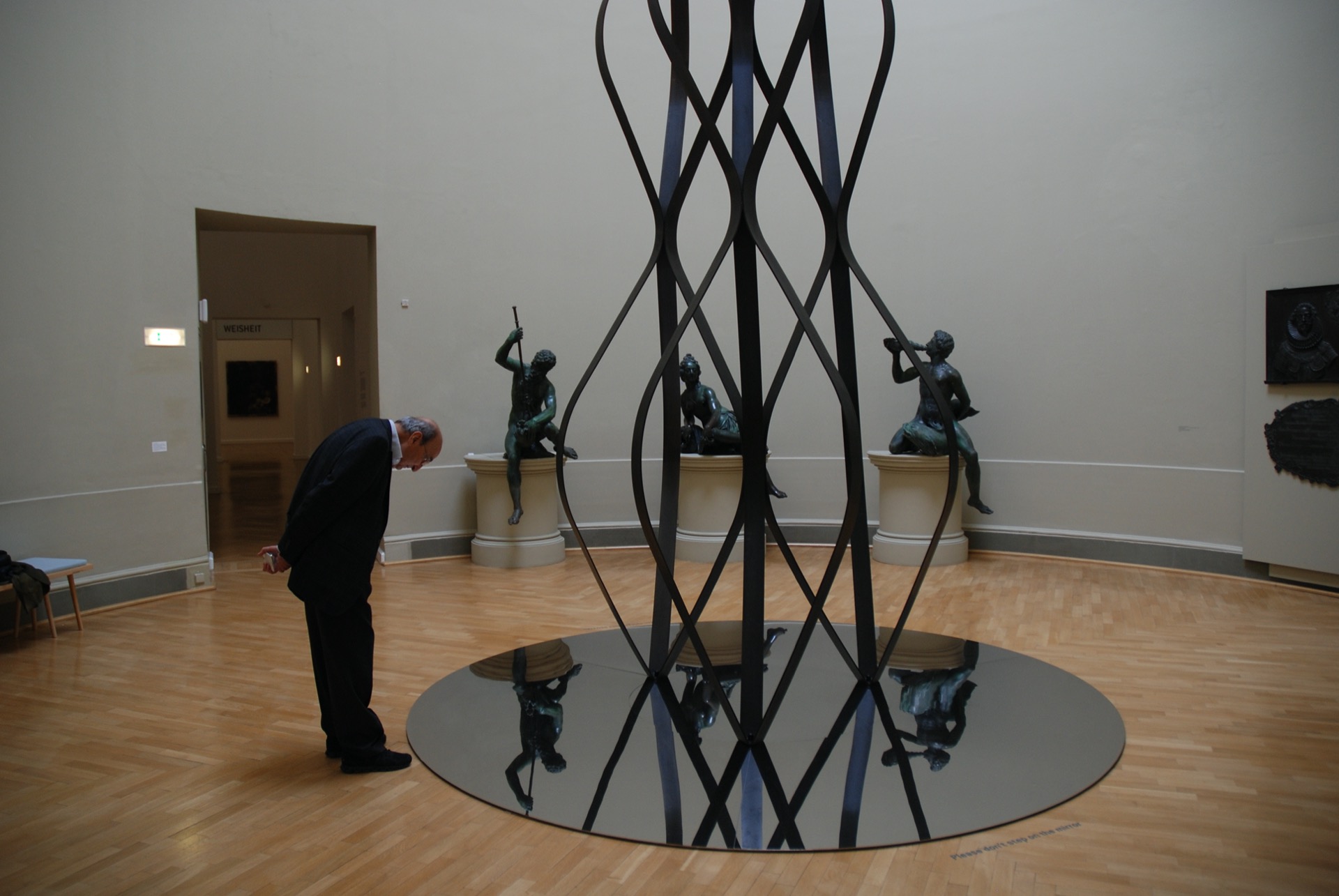
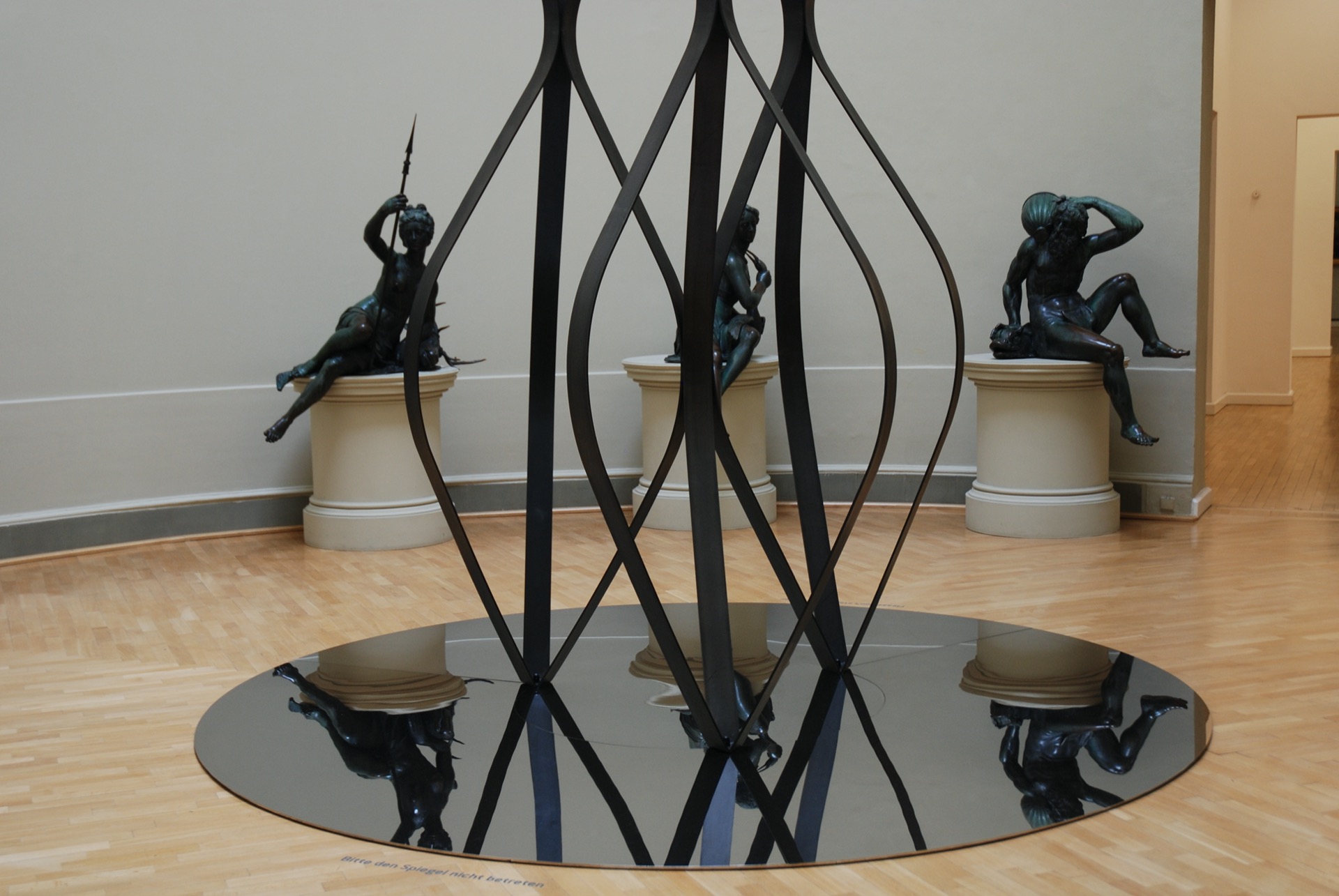
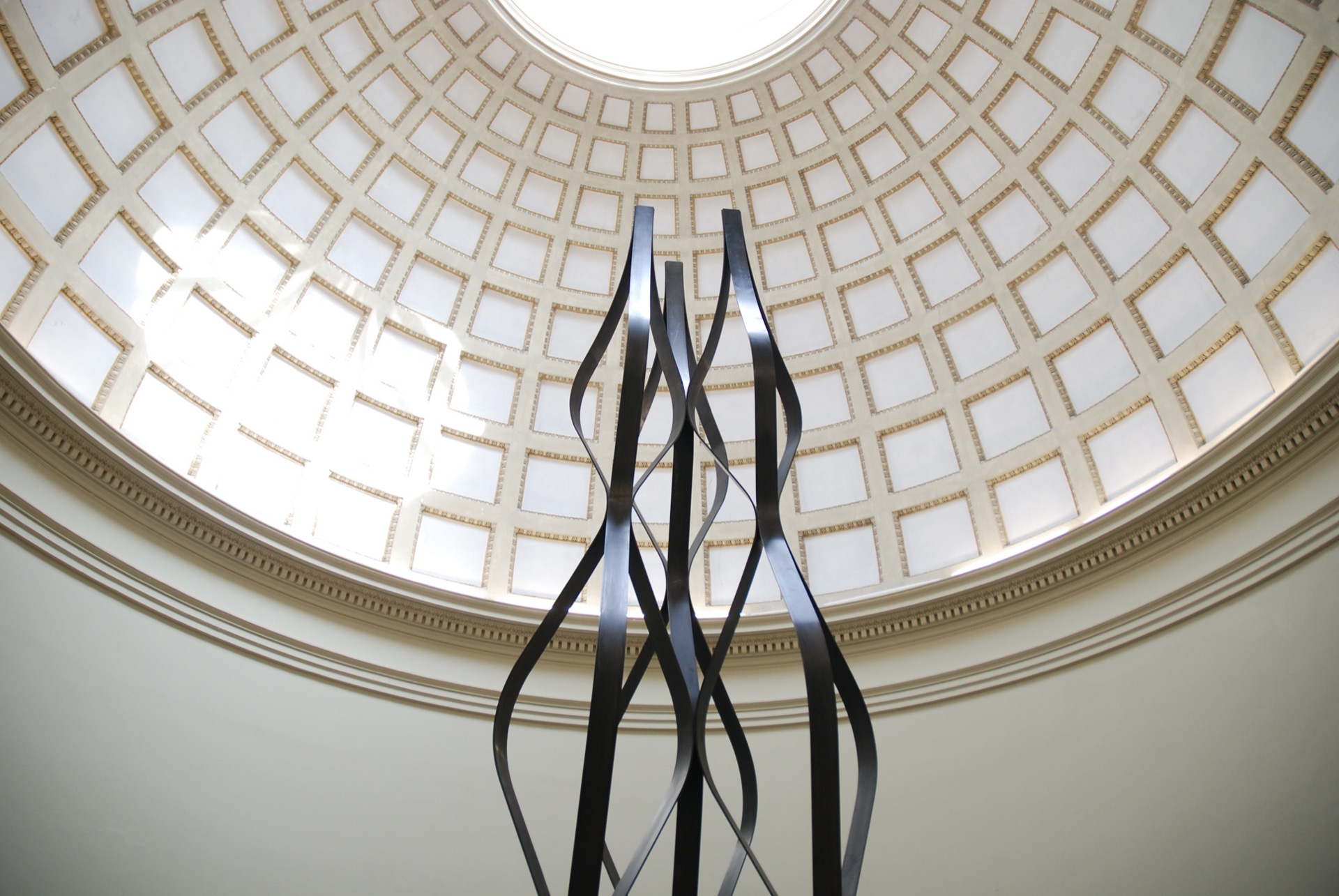

1
2
3
4
2018 - 2019
Design Team: Rames Najjar, Mihai Spanache, Iurii Suchak
Text: Claudia Mark
Text: Claudia Mark
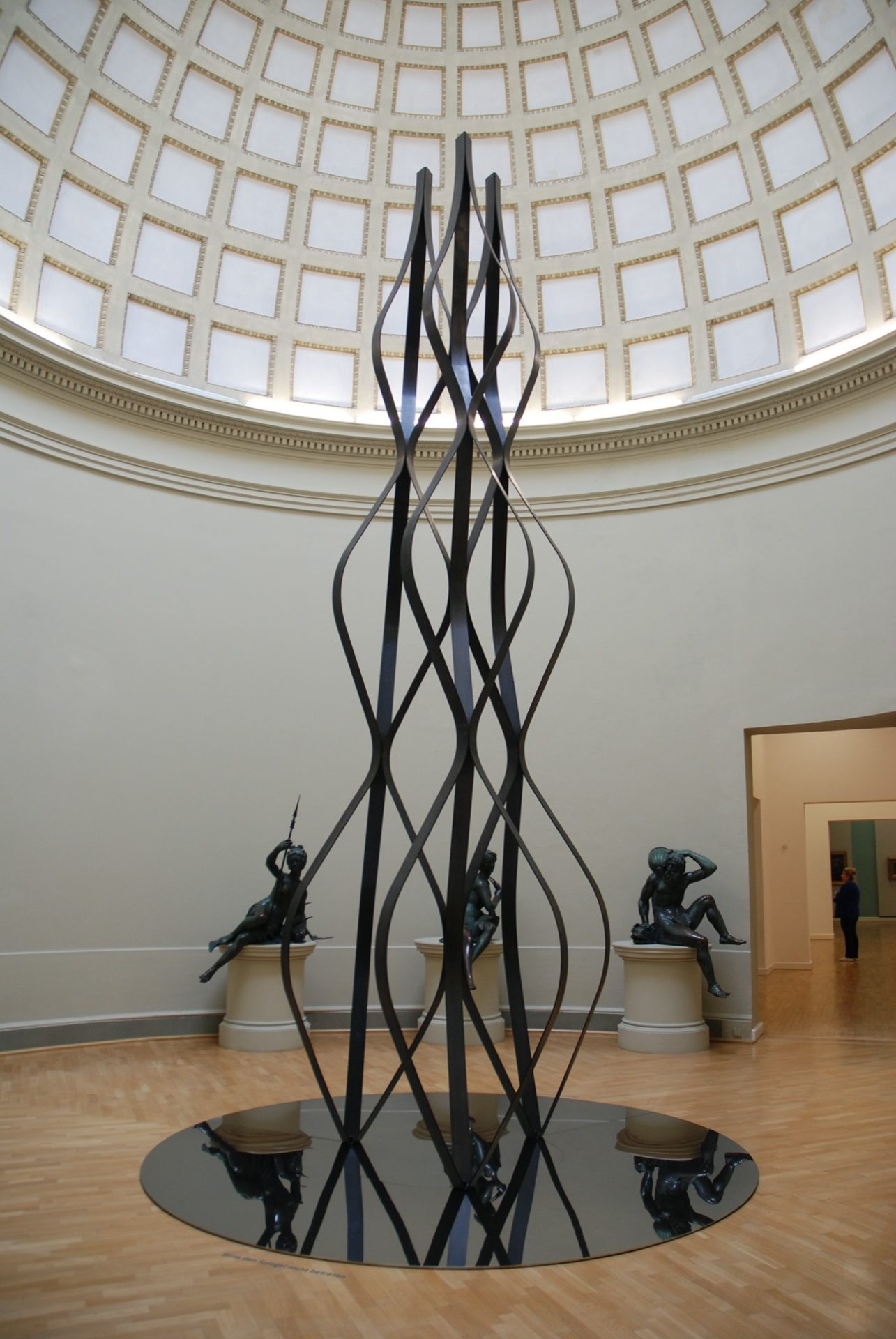
Architecture would be unthinkable without numerical measurements. In the ancient world and mediaeval times, architecture was considered an expression of beauty achieved through mathematics, the manifestation of cosmic harmony based on numerical relationships. With its wall structure, the ornamentation of the marble floor and the coffers in the dome, Hadrian’s Pantheon in Rome, originally a temple consecrated to all the gods, is an ideal embodiment of Platonic Pythagorean numerology, an image of the cosmos. As the interior of the rotunda is as wide as it is high, the dome, if thought of as a complete sphere, would touch the ground. Perceptible natural phenomena such as light and rain enter the interior via the circular opening at the apex. The impression of the arched vault of the heavens is intensified when a cone of light moves across the dome like the sun in the course of the day.
In his installation which was created especially for the “Beauty before Wisdom” exhibition, the architect Rames Najjar (born 1967) explores the circular hall of the Ferdinandeum, which, like so many 19th-century museum buildings, relates to the design of the Pantheon. He uses a mirror to create a virtual space in which the dome is completed to form a sphere. The exact point at which the imaginary sphere makes contact with the ground in the design of the Pantheon is where Najjar’s illusion begins: A curvilinear wooden structure rises up to the heights of the real and down into the depths of the virtual space. “Nature’s structures are determined by growth, self-organization and decay. It is the balance between construction and de-construction, between emergence and decay that determines their form. Natural phenomena combine stability and fragility,” says Rames Najjar. The basic module of what looks like an organic object is derived from a seed. In the design process, Najjar also references Le Corbusier’s Modulor, which in the modern period is regarded as the most important attempt to restore to architecture a system oriented on human measurements. Le Corbusier’s point of reference was the divisibility of the human body – enclosed in a double square - through the golden section, which can also be shown to be a basic morphological law of nature. Rames Najjar, who has been a professor at the Institute of Experimental Architecture in Innsbruck since 2014, draws on nature for inspiration for many projects in the field of Responsive Architecture. In 1999 he and his brother Karim founded Najjar & Najjar Architects. Their interests include the development of kinematic structures and reciprocal spatial concepts that react to the people in them or the conditions of the environment. The shell-shaped Tidal House (1996) in the tidal mud flats of the North Sea changes with the tides. The Iris project presented at the 2017 Expo in Kazakhstan provides a functional and aesthetic link between the densely populated city and the open sea: Mobile structures on the coast of Beirut have connections to the waves whose motions generate electricity for the homes of fishermen whose existence is under threat from the consequences of globalization.
In his installation which was created especially for the “Beauty before Wisdom” exhibition, the architect Rames Najjar (born 1967) explores the circular hall of the Ferdinandeum, which, like so many 19th-century museum buildings, relates to the design of the Pantheon. He uses a mirror to create a virtual space in which the dome is completed to form a sphere. The exact point at which the imaginary sphere makes contact with the ground in the design of the Pantheon is where Najjar’s illusion begins: A curvilinear wooden structure rises up to the heights of the real and down into the depths of the virtual space. “Nature’s structures are determined by growth, self-organization and decay. It is the balance between construction and de-construction, between emergence and decay that determines their form. Natural phenomena combine stability and fragility,” says Rames Najjar. The basic module of what looks like an organic object is derived from a seed. In the design process, Najjar also references Le Corbusier’s Modulor, which in the modern period is regarded as the most important attempt to restore to architecture a system oriented on human measurements. Le Corbusier’s point of reference was the divisibility of the human body – enclosed in a double square - through the golden section, which can also be shown to be a basic morphological law of nature. Rames Najjar, who has been a professor at the Institute of Experimental Architecture in Innsbruck since 2014, draws on nature for inspiration for many projects in the field of Responsive Architecture. In 1999 he and his brother Karim founded Najjar & Najjar Architects. Their interests include the development of kinematic structures and reciprocal spatial concepts that react to the people in them or the conditions of the environment. The shell-shaped Tidal House (1996) in the tidal mud flats of the North Sea changes with the tides. The Iris project presented at the 2017 Expo in Kazakhstan provides a functional and aesthetic link between the densely populated city and the open sea: Mobile structures on the coast of Beirut have connections to the waves whose motions generate electricity for the homes of fishermen whose existence is under threat from the consequences of globalization.
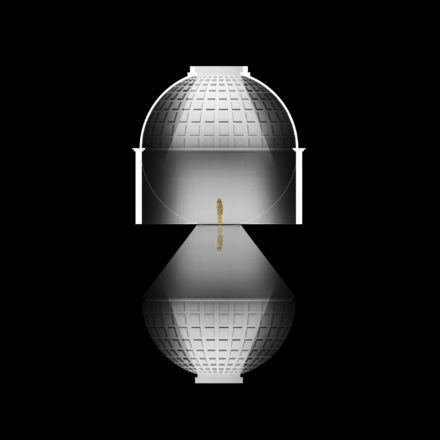
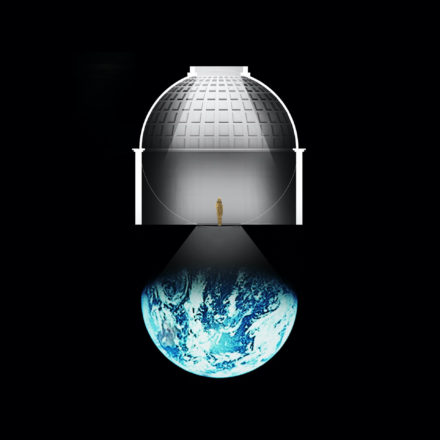

© Najjar Najjar Architects. All rights reserved.

